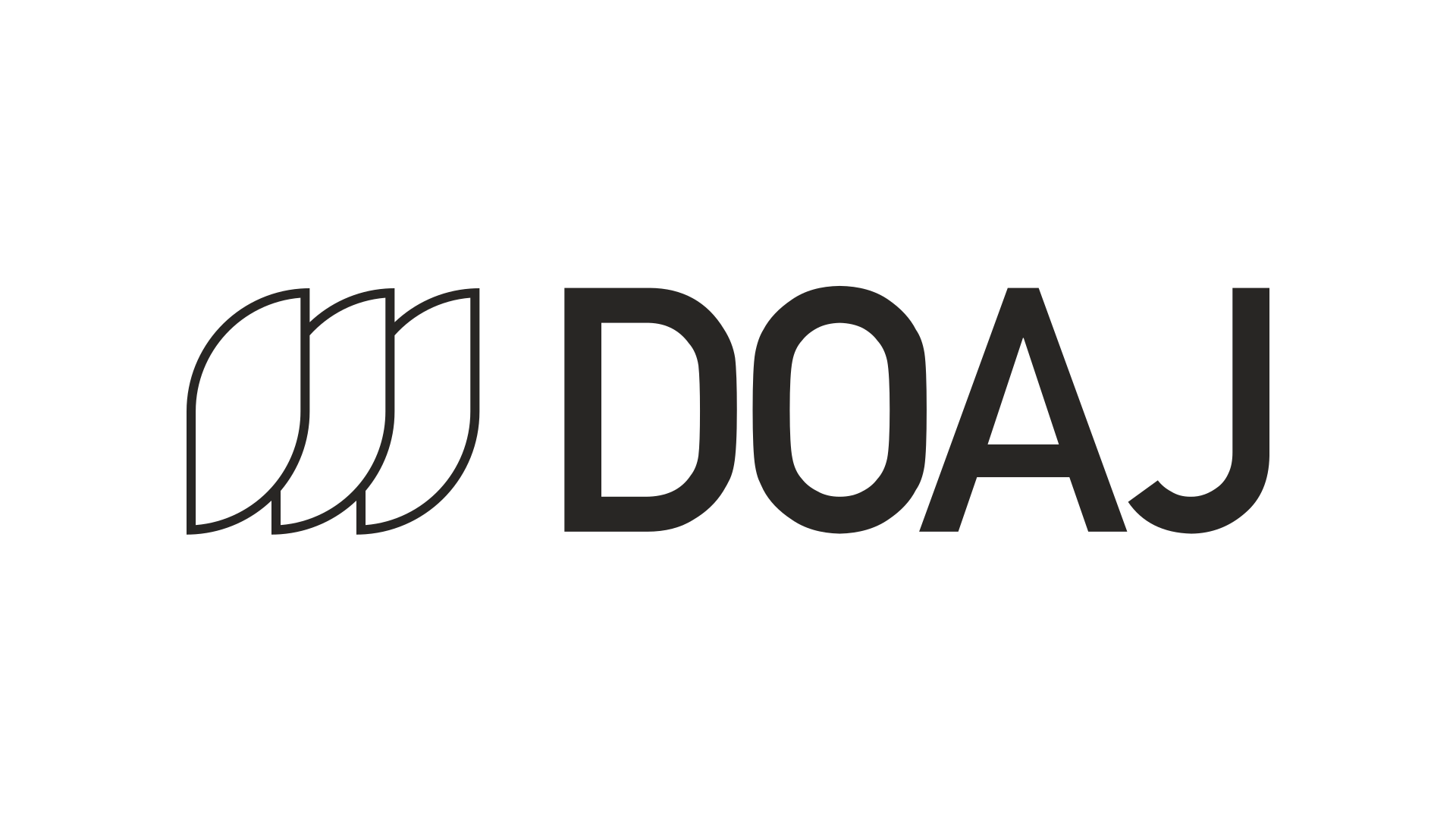Janne Pölönen, Head Of Planning at the Federation of Finnish Learned Societies answers our questions.

– Your organisation has been supporting DOAJ for some years now. Why is it important for the Federation of Finnish Learned Societies to support DOAJ?
Federation of Finnish Learned Societies (TSV) produces a Publication Forum rating of academic/scholarly journals and book publishers that supports the performance-based research funding system (PRFS) for allocating part of block funding annually to universities. Similar model, in which the research community – rather than the Journal Impact Factor – is entrusted the rating of outlets, is used for example in Norway and Denmark. The Nordic countries collaborate with support from Nordforsk to create The Nordic list, a common Nordic registry of publication channels. In 2017, TSV and other partners of the Nordic collaboration group agreed to support DOAJ as a trusted international source of whitelisted Open Access journals. In each country, information from DOAJ is supplied to experts to help them identify reliable peer-reviewed outlets.
– What is the Federation of Finnish Learned Societies doing to support that development? Do you have any exciting projects underway?
Especially in the social sciences and humanities (SSH), large share of research is published in national languages and in books. Therefore, important part of the success of OA depends on national solutions and developments. In Finland, learned societies are major publishers of academic/scholarly journals and books. TSV plays a key role in facilitating the transition of the societies’ publishing activities to OA. This includes operating the Open Journal System (OJS) service for the learned societies and launching, in 2017, the Journal.fi portal to OA journals in Finland. An open access plan is required from learned societies to be eligible for the state subsidies that TSV allocates to journals and books series, and a consortium-based funding-model for those transitioning to OA is being sought in collaboration with the National Library. TSV also provides the Finnish scholarly publishers a Label for peer-reviewed publications to promote high standards and transparency of peer-review practices. The Publication Forum list of journals and book publishers helps to disseminate information about open access status and self-archiving policies based on DOAJ and Sherpa/Romeo. Open Access publishing is part of the Open Science agenda, of which TSV is set to become the national coordination body in Finland.
– Much has been said recently about whether open access is succeeding or failing, particularly in terms of the original vision laid out by the Budapest Open Access Initiative in 2002. Do you think that open access has fallen short of this vision, or has it surpassed expectations? What are your personal views on the future of Open Access publishing?
The Budapest Open Access Initiative (BOAI) has admirably set out the ideal that we should have both free access and unrestricted use of research publications. The transition to OA requires the continued will and effort, both at international and national level, of policy-makers, leaders, administrators, librarians, and researchers advocating OA. This movement is making it increasingly difficult for publishers not to facilitate open access with reasonable cost and embargo. The transition is perhaps not happening as fast as we hope because there are many stakeholders, interests, and traditions involved in academic/scholarly publishing. For the same reason, open availability of research publications continues to take place in many forms, some of which fall short of the BOAI ideals. We will be getting free access without unrestricted use and free access delayed with embargoes – these are needed to help the transition. The environment for the development of OA has become more and more complex, for example with the emergence of academic social networks that have increased the ambiguity among the research community over what is OA and what is not. Nevertheless, as many studies show, there has been a global growth in the share of research publications that are openly available to everyone on the internet and it is fair to expect this growth to continue.
– What do you think that the scholarly community could do to better support the continued development of the Open Access movement in the near future?
Most attention has been paid to journal publishing but also open access to peer-reviewed monographs and book chapters need to be facilitated. Researchers can increase their awareness of reliable OA publishing options and make the effort to archive their publications to an OA repository whenever the journal or book publisher permits self-archiving. Institutions should facilitate archiving and identification of OA policies. More studies are needed to show and communicate the added value of open access to research and society. Researchers can also be encouraged to choose channels that either are open access or allow self-archiving with reasonable embargo, and scholarly publishers of journals and books can be encouraged to increasingly develop and offer viable OA options. This will require the development of institutional, national and international OA policies, evaluation practices and infrastuctures. European Commission has already set a strong agenda including rewards and Incentives, indicators and next-generation metrics, future of scholarly communication, European Open Science Cloud, FAIR Data, research integrity, skills and education and citizen science. The next challenge is for all the relevant stakeholders in EU countries to work out how this agenda is best adapted to national and local contexts and cultures to advance open access and open science.
.
